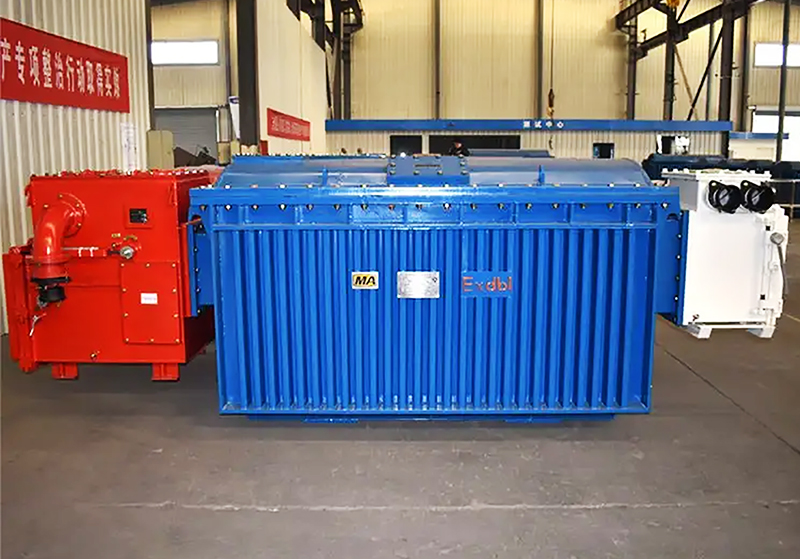- E-mail: admin@yaweitransformer.cn
- Tel: +86-18862719076
1, flameproof structure Electrical equipment of flameproof structure is very common in explosion risk areas. It can not only avoid the transmission of explosive fire, but also the shell can withstand the inevitable overpressure. Under normal conditions, the shell can accept the impact effect of 1.5 times the practical explosion pressure without damage and without permanent deformation. Flameproof electrical equipment used in coal mines should be consolidated. Because the use of the situation is very vicious, the electrical equipment is knocked against the phenomenon is extremely severe, so the body strength is required to have a larger safety factor. Generally made of steel plate and cast steel material. The flameproof structure of large rotating motors using plain bearings cannot be used in areas with grade 3 and grade 4 explosive substances. If the special structure is accepted, it can also be used when it is determined by the statutory inspection authority. 2, increased safety structure Increased safety structure is widely used in explosion-proof electrical equipment. Such as electric motors, transformers, lamps and electrical equipment with inductors. The general requirement is that the temperature rise of the insulated winding should be 10 ° C lower than the temperature rise of the specification rules of other explosion-proof electrical equipment. The leakage interval and the electrical gap should be as large as possible, and the minimum value should not be lower than the relevant rules. The shell must have a necessary protection method and can meet the IP54 protection requirements of GB1498-79 rules. The motor agrees to block the time tE for at least 5 seconds, and the ratio of starting current to additional current shall not exceed 10 times. The temperature rise during the plugging time shall not be capable of igniting explosive inclusions or destroying insulation. The test voltage between turns of insulated winding and to ground must be improved compared with that of popular electrical equipment. The low-voltage equipment has improved by 10%, and the high-voltage equipment has improved by 30%, and the connection of all conductors is required to be reliable, and under the influence of overload vibration, poor contact should not occur. Increased safety electrical equipment, although it can be used safely in a group of higher explosion risk situations, but when a number of internal components are faulty, it can not guarantee the safety of explosion-proof, so we must carefully consider the use of conditions, maintenance and management and other premises, and then determine whether it is suitable. The selection of increased safety motor, transformer, etc., must be equipped with responsive overload maintenance installation or overheating installation. In addition, the squirrel cage induction motor must be adequately maintained and must not exceed the allowable blocking time tD value during operation. 3, ventilation, inflatable structure Ventilation and inflatable structure of the electrical equipment is equipped with supply maintenance gas and maintenance installation to ensure explosion-proof function. Therefore, it is necessary to assemble the most appropriate maintenance installation according to the explosion risk level of the application site and whether the equipment can often ignite. Under normal conditions, there must be no ventilation dead Angle inside the electrical equipment that affects the safety. During normal operation, the wind pressure or inflation pressure at the outlet shall not be less than 10 mm Hg, otherwise, the alarm shall be announced immediately or the power supply shall be cut off. The spark arc inside the device is not allowed to blow out from any gap or outlet. The use of ventilated aerated structure has nothing to do with the detonation level of explosive substances, and it is mostly used on equipment with easily damaged internal components or on larger electrical equipment, or on electrical equipment with spontaneous combustion point T4 and T5 as the object that is difficult to make other explosion-proof construction methods.
